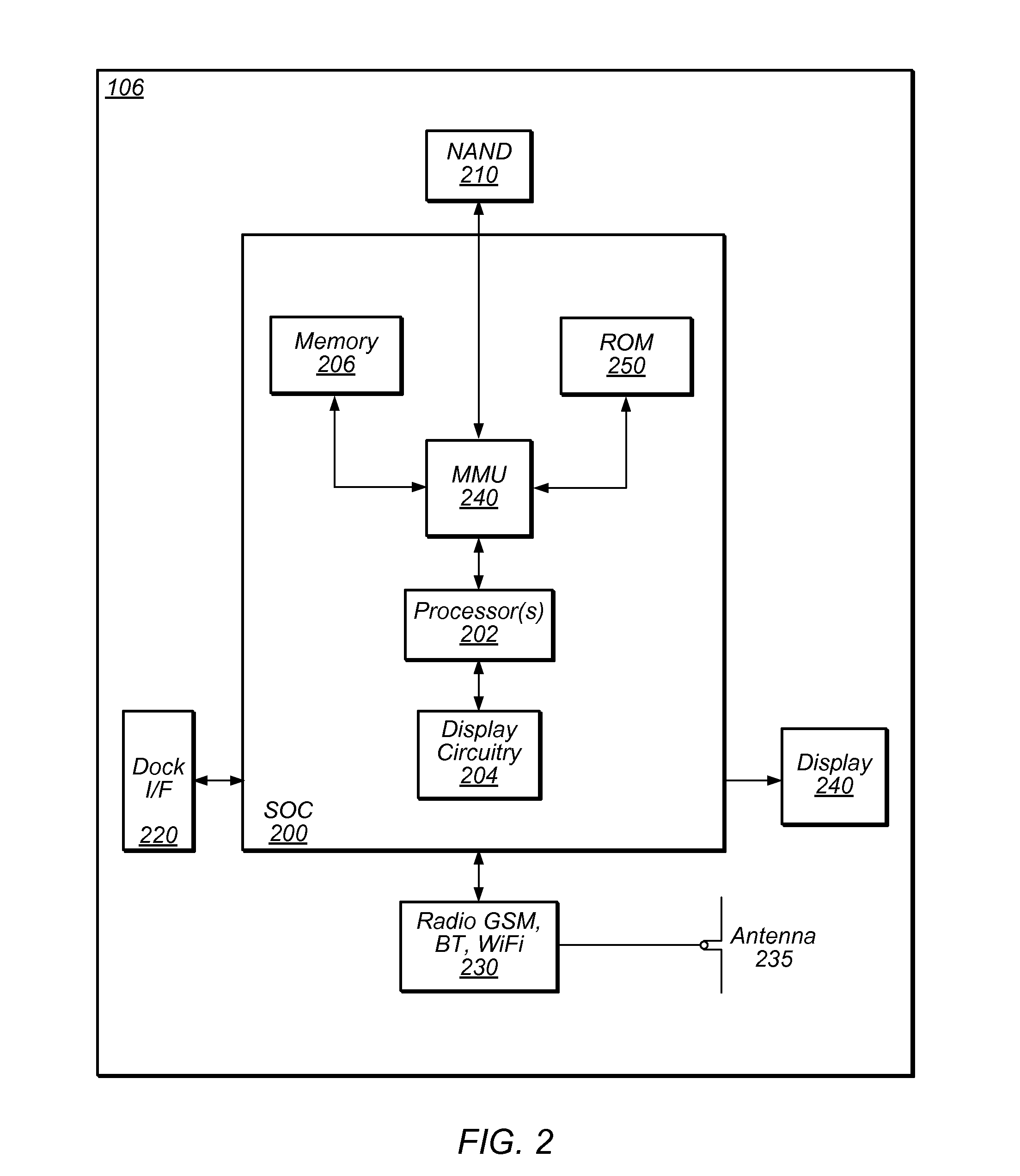Adaptive Channel State Feedback Based on Channel Estimation Characteristics and Reporting Requirements
a channel estimation and channel state technology, applied in power management, instruments, high-level techniques, etc., can solve the problems of difficult reporting of accurate csfs in drx mode (especially cdrx mode), and achieve the effect of saving extra wake-up time and improving csf reports
- Summary
- Abstract
- Description
- Claims
- Application Information
AI Technical Summary
Benefits of technology
Problems solved by technology
Method used
Image
Examples
Embodiment Construction
Acronyms
[0026]The following acronyms are used in the present Provisional Patent Application:
[0027]BLER: Block Error Rate (same as Packet Error Rate)
[0028]BER: Bit Error Rate
[0029]CRC: Cyclic Redundancy Check
[0030]DL: Downlink
[0031]PER: Packet Error Rate
[0032]SINR: Signal to Interference-and-Noise Ratio
[0033]SIR: Signal to Interference Ratio
[0034]SNR: Signal to Noise Ratio
[0035]Tx: Transmission
[0036]UE: User Equipment
[0037]UL: Uplink
[0038]UMTS: Universal Mobile Telecommunication System
Terms
[0039]The following is a glossary of terms used in the present application:
[0040]Memory Medium —Any of various types of memory devices or storage devices. The term “memory medium” is intended to include an installation medium, e.g., a CD-ROM, floppy disks 104, or tape device; a computer system memory or random access memory such as DRAM, DDR RAM, SRAM, EDO RAM, Rambus RAM, etc.; a non-volatile memory such as a Flash, magnetic media, e.g., a hard drive, or optical storage; registers, or other simila...
PUM
 Login to View More
Login to View More Abstract
Description
Claims
Application Information
 Login to View More
Login to View More - R&D
- Intellectual Property
- Life Sciences
- Materials
- Tech Scout
- Unparalleled Data Quality
- Higher Quality Content
- 60% Fewer Hallucinations
Browse by: Latest US Patents, China's latest patents, Technical Efficacy Thesaurus, Application Domain, Technology Topic, Popular Technical Reports.
© 2025 PatSnap. All rights reserved.Legal|Privacy policy|Modern Slavery Act Transparency Statement|Sitemap|About US| Contact US: help@patsnap.com



